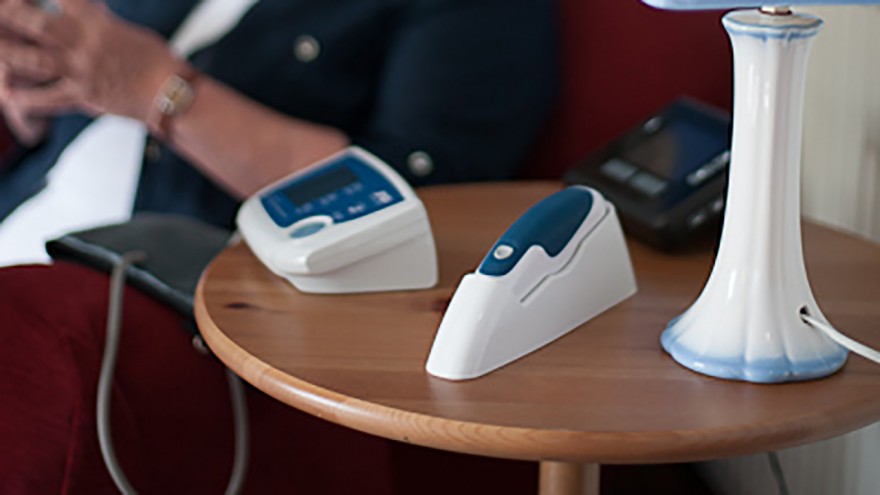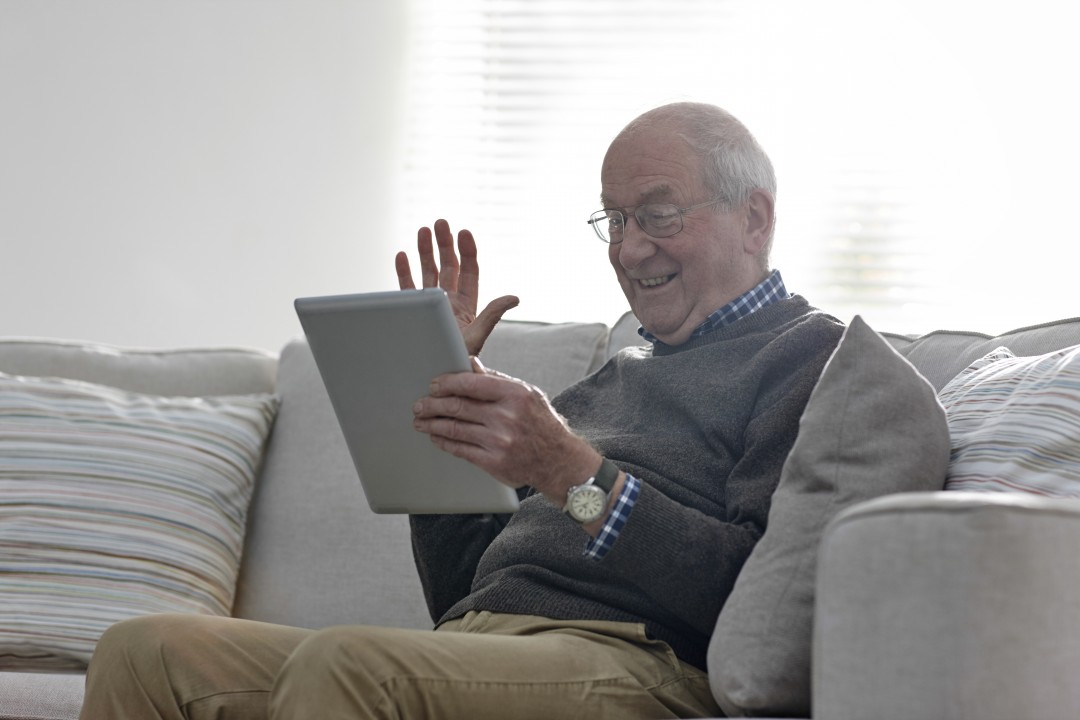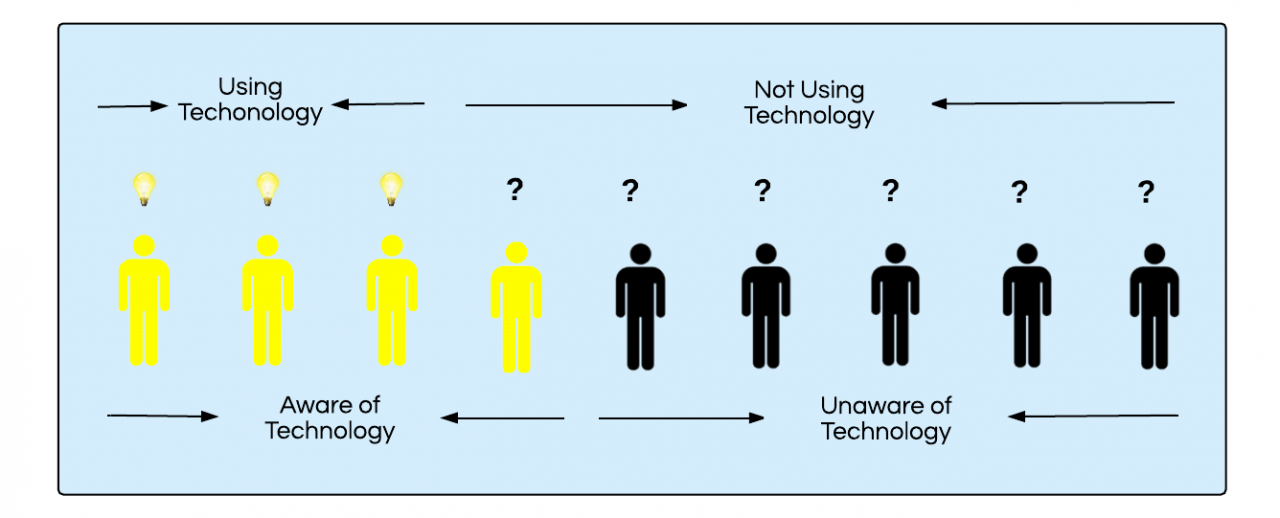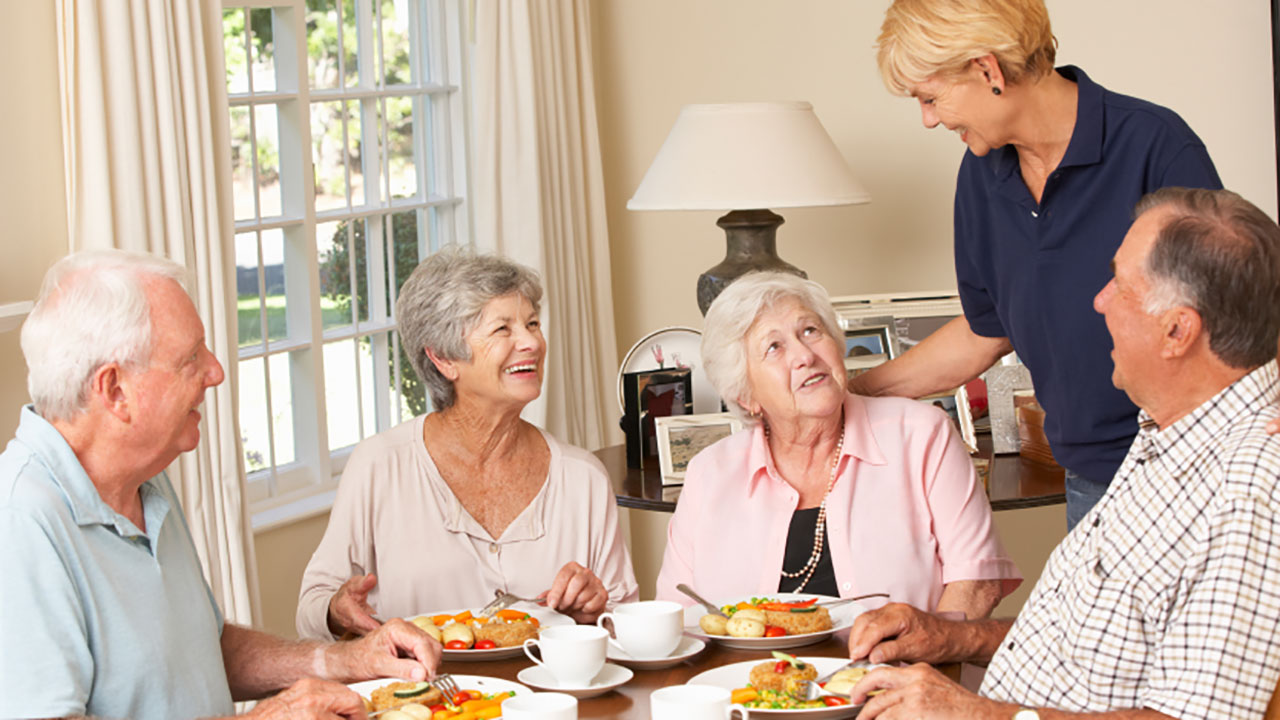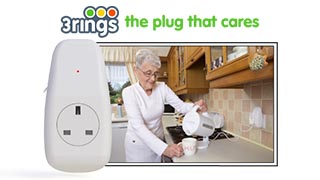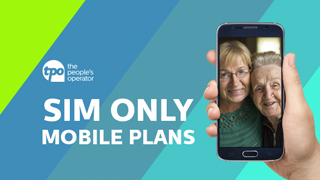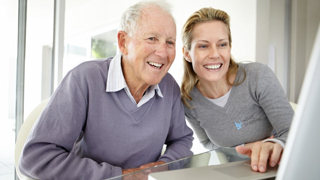Using technology to support elderly at home
People use all kinds of technology in the home to make their lives easier. We might use the internet to book a holiday or look for a job. We use telephones to keep in touch with our loved ones; we may even use Facebook or Skype. However, fewer people understand how technology can support people’s health and care needs at home
This is where Telecare and Telehealth can help. Telecare and Telehealth are response services based around technologies that enable people to live more independently, helping older people to stay safe at home (if they so choose) for as long as possible. These services are massively important to carers, because they can give people greater freedom to live their lives, providing both carers and the cared for person with peace of mind that everything is OK – as well as the knowledge that help is always at hand should everything not be OK
Notably, a new YouGov poll, commissioned by Carers UK and supported by Tunstall, highlights that many people are missing out on the help technology can provide when caring for people who are older, ill or disabled
It shows that, while over 7 in 10 UK adults routinely turn to technology for things like banking or shopping, only 3 in 10 are embracing health and care technology to help care for older or disabled relatives
However, when the word ‘telecare’ was described to respondents, the percentage saying they would use it to help them care was almost 8 in 10 (79%), so long as it was affordable. This was even higher among over 65s (85%). And only 5% of UK adults said they definitely would not consider using tech
So, what is Telecare and Telehealth, and how can they help you to care?
Telecare
Telecare is a term used for a wide range of technology that helps people to live more safely at home – and it usually includes a monitoring and response service. Telecare is about maximising independence and minimising risks. Basically, it involves using tools that enable people to (either manually or automatically) raise an alarm to get help, if they need it
This gives people the added confidence and reassurance to live fuller, more independent lives. A telecare package may include various sensors placed unobtrusively around the home: a gas, smoke, flood or fall detector, or a personal alarm worn as a pendant, wristband or watch
You can watch a film featuring various different people who use Telecare HERE
As every individual has different needs, it is important that Telecare is personalised for the user. For example, an individual living with dementia and their carer may benefit from a property exit sensor that alerts the carer or monitoring centre if they leave their home in the night. A person with epilepsy will benefit from a bed sensor that can monitor them when sleeping and, if needed, raise an alarm so appropriate action can be taken. An individual who is prone to falls may be reassured by wearing a fall detector, and so on
Of course, Telecare is not only a source of confidence and reassurance for the cared for person, it also gives carers peace of mind and enables them to take a respite break or just get a good night’s sleep
For more information about Telecare, you should talk to your local authority, as Telecare can often be offered as part of an overall package of support. There are also an increasing number of options available if you want to buy your own Telecare
Telehealth
Telehealth is a way for people living with a long-term health condition (such as a heart or lung condition or diabetes) to manage their condition from the comfort of their own home, without always having to visit their GP or a hospital
People take simple vital signs readings (such as temperature, blood pressure and oxygen levels) and answer several questions about their symptoms. This information is then sent from the Telehealth equipment in the person’s home to a monitoring centre and assessed by trained staff
Significant changes in this information will trigger an appropriate response, so people get the help they need when it’s needed. Telehealth can really improve people’s quality of life. For example, it helps people stay out of hospital and plays an important preventative role in healthcare because clinicians are able to identify – and act earlier on – changes to a patient’s condition
Telehealth also improves people’s understanding of their condition, putting people more in control of their own wellbeing. People who use Telehealth often say it reduces anxiety, increases confidence, and gives them peace of mind to live their day-to-day lives
For example, June Parker is a Telehealth patient from North Yorkshire. Earlier this year, June spoke at the National Institute for Health and Care Excellence (NICE) conference, saying: “…I soon got used to using telehealth, and it was a comfort. It was like a big warm blanket wrapped around me. Someone was taking care of me, without me going anywhere…” Watch the film HERE
If you have a health condition or care for someone with a condition and want to know if you can get Telehealth, you should ask your GP, nurse or hospital consultant. Telecare and Telehealth are not meant to replace human contact, which is something we all need. However, as part of a personalised support plan, these technologies are tools that can transform people’s lives – and those who care for them.
Kevin Alderson is Public Sector Policy Director at Tunstall Healthcare, the world’s leading supplier of telecare and telehealth solutions.
More information about Tunstall’s help for carers is available from http://uk.tunstall.com/carers



